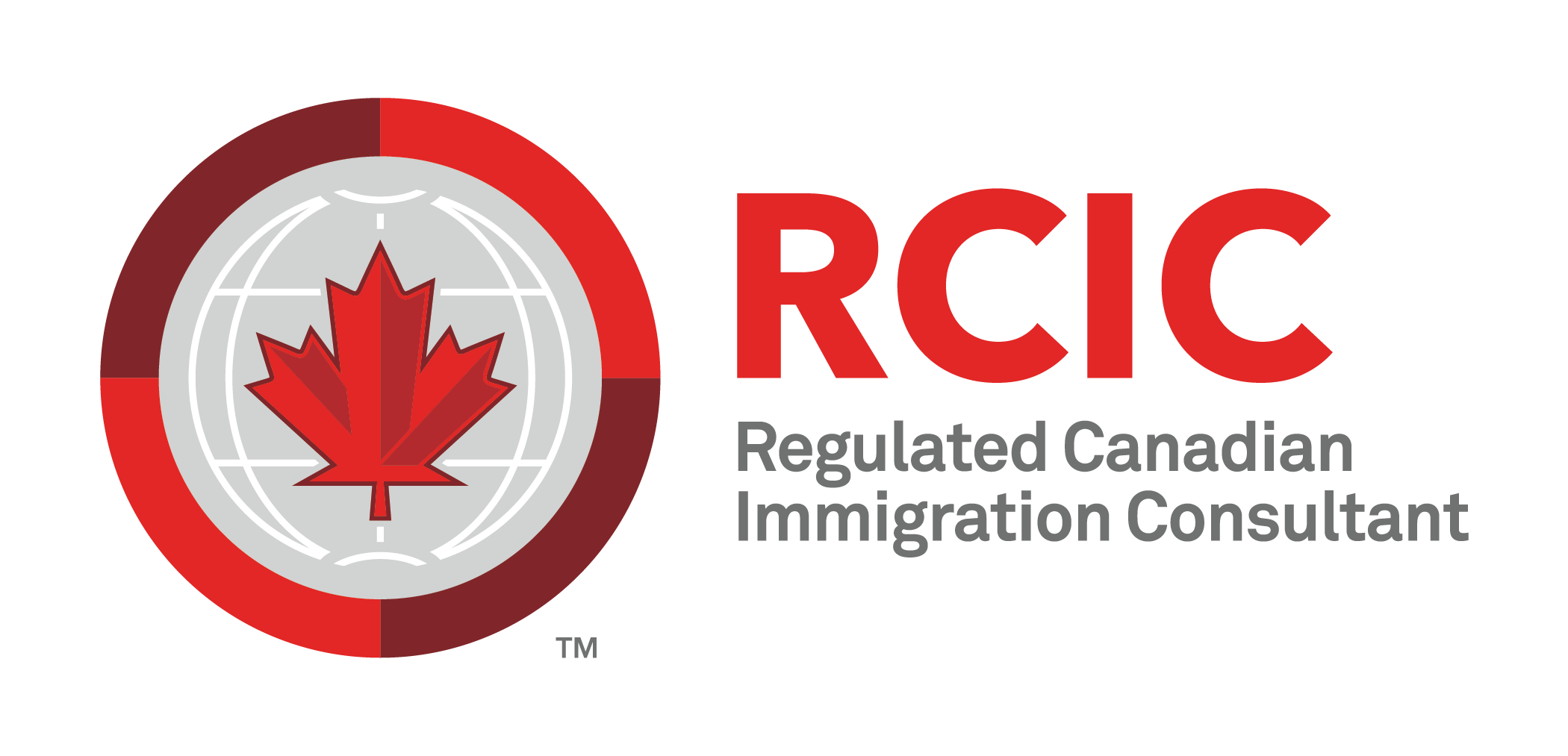Immigration Levels Plan Canada 2026–2028: IRCC Targets More Skilled Workers and Families
November 11, 2025

Canada remains one of the most receptive countries for immigrants in the world, and the just-announced Immigration Levels Plan Canada 2026–2028 reinforces that commitment. The Government of Canada, through Immigration, Refugees and Citizenship Canada (IRCC), has laid out an ambitious roadmap to strengthen the country’s economy, reunite families, and respond to humanitarian needs by welcoming hundreds of thousands of newcomers each year.
Canada’s Long-Term Immigration Vision
Under the Immigration Levels Plan Canada 2026–2028, is maintaining high immigration targets, while ensuring the system remains efficient, sustainable, and community-driven. IRCC continues to focus on attracting skilled workers to help fill labor shortages, fuel the economy, and contribute to long-term growth in provinces and territories.
The plan underlines Canada’s active attitude towards overcoming demographic challenges, like an aging population and low birth rates, by opening wider opportunities for talented foreign professionals and international graduates.
Summary of Canada’s Immigration Levels Plan 2026–2028
Every year, Immigration, Refugees and Citizenship Canada publishes a new Immigration Levels Plan Canada that outlines how many newcomers Canada will welcome, as well as how it intends to manage different immigration programs. This provides a vision for Canada’s long-term immigration and workforce strategy.
Under the newly announced plan, Canada aims to admit 380,000 new permanent residents in 2026, a figure the government intends to maintain consistently through 2027 and 2028. These targets reflect Canada’s balanced approach to growth: strong support for the economy, family reunification, and humanitarian needs.
Canada’s Immigration Targets (2026–2028)
| Immigration Class | 2026 | 2027 | 2028 |
| Economic | 239,800 | 244,700 | 244,700 |
| Family | 84,000 | 81,000 | 81,000 |
| Refugees, Protected Persons, Humanitarian, Compassionate and Other | 56,200 | 54,300 | 54,300 |
| French-speaking admissions outside of Quebec | 30,267 | 31,825 | 35,175 |
| Total | 380,000 | 380,000 | 380,000 |
The Economic Class has continued to have the largest share of admissions, reflecting Canada’s sustained interest in skilled workers and professionals who can fill labor market gaps and help make the country’s economy resilient.
Temporary Resident Levels (2026–2028)
Like in previous years, the 2026–2028 Immigration Levels Plan Canada also includes estimates for temporary residents such as international workers and students-both key contributors to Canada’s labor force and cultural diversity.
| Temporary Resident Program | 2026 | 2027 | 2028 |
| Overall Levels | 385,000 | 370,000 | 370,000 |
| Workers (TFWP and IMP) | 230,000 | 220,000 | 220,000 |
| Students | 155,000 | 150,000 | 150,000 |
The TFWP and the IMP account for a major proportion of total temporary resident admissions, serving industries that face labor shortages across the country. International students, in turn, are critical to Canada’s post-secondary landscape and future human capital.
Focus on Skilled Workers and Economic Growth
IRCC also focuses on sector-based recruitment of foreign workers in areas that are experiencing acute shortages, including health, construction, technology, and manufacturing. Through specifically targeted Express Entry draws, Canada also stays attuned to professionals whose skills will contribute directly to the growth of the nation’s economy and infrastructural development.
Family Reunification Remains a Key Priority
Apart from economic growth, family reunification remains one of the foundations of Canada’s immigration policy. The IRCC will be increasing admissions for spouses, partners, and children to continue to help families build their lives together in Canada. Programs such as the Parents and Grandparents Program will also continue, helping to further reinforce the country’s vision for stable and inclusive communities.
By focusing on both skilled workers and family members, the plan develops a balanced approach to entrants that lends strength to Canada’s social and cultural fabric.
Support for Refugees and Humanitarian Initiatives
Canada remains committed to humanitarian work. The plan allows for a significant number of spots for refugees and displaced persons around the world. This makes Canada continue to be one of the leaders in the world in the area of humanitarian resettlement and providing protection.
Canada continues to make sure that refugees receive the resources and opportunities needed to succeed in life through strategic partnerships with international organizations.
Opportunities for International Graduates and Temporary Workers
The Immigration Levels Plan Canada also recognizes the role of international students and temporary foreign workers. Many such people receive permanent residence through the Canadian Experience Class or through certain streams in provincial programs. The plan fosters easier pathways for these groups, recognizing that they are critical for meeting short-term labor needs, while helping to ensure long-term economic stability.
How Gunness & Associates Can Help?
Navigating the Canada Immigration System can be complex, especially with constantly changing policies and fluctuating eligibility criteria. At Gunness & Associates, our licensed immigration consultants offer personalized advice to applicants who want to immigrate to Canada through skilled worker programs, family sponsorships, or business immigration streams.
We assist the clients in understanding the latest developments in the Immigration Levels Plan Canada, so that applications turn out to be accurate and complete to meet IRCC’s requirements. Whether it’s a skilled professional, an employer looking for LMIA support, or a student who is planning for PR, our team is here to make the entire process easier.
Final Words
Immigration Levels Plan Canada 2026–2028 shows a continued commitment by Canada to attracting global talent, reuniting families, and supporting humanitarian causes. With clear targets under an inclusive vision, the plan cements Canada’s place among the top destinations for people moving in search of stability, opportunity, and growth.
With Canada continuing to shape its future through immigration, there is no better time than now to begin your journey toward permanent residency and a brighter future in one of the world’s most welcoming nations.
If you want to know more details about “Manitoba Skilled Worker Pathway: Province Invites Candidates in the First November 2025 PNP Draw“ you can contact one of our immigration specialists at Gunness & Associates.
Gunness & Associates has helped thousands of people successfully immigrate to Canada with their families. Our skilled and experienced immigration experts have the expertise to accurately examine your case and advise you on the best method of proceeding to serve your needs.
For Honest And Straightforward Advice, Contact The Experts
Get a Free Assessment
All rights reserved ©2025 Gunness & Associates






